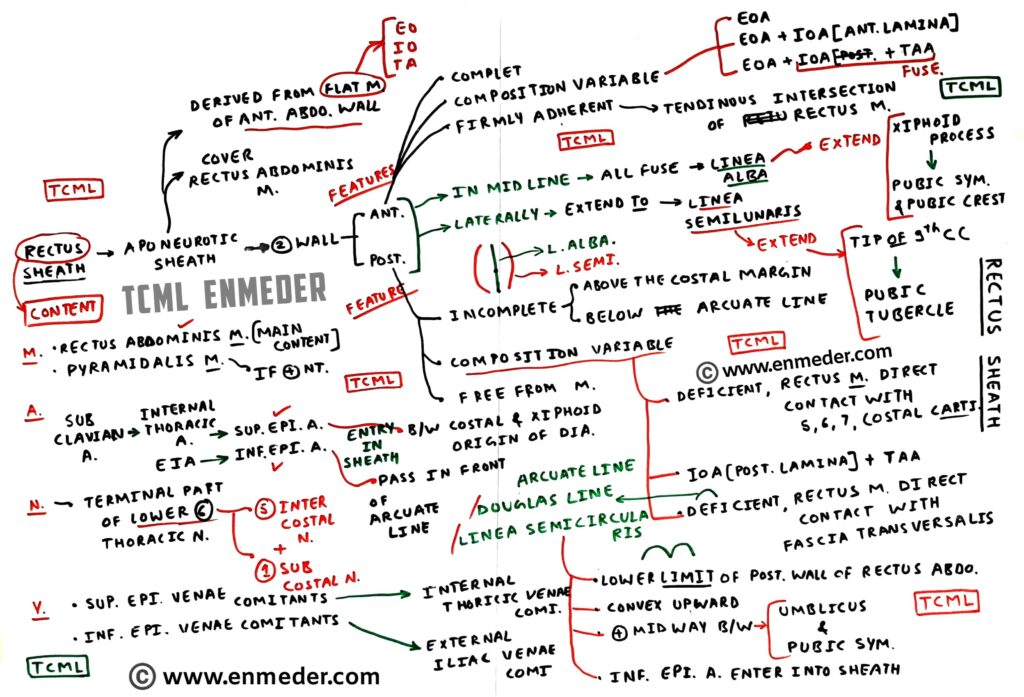Overview-
1. Epistaxis
2. Hemoptysis
3. Hematemesis
4. Hematochezia
5. Melena
6. Hematouria
Blood from Nose (Epistaxis)
It is also called Epistaxis.
Some important questions about nose bleeding.
Question 1. Epistaxis is due to the rupture of Kiesselbach’s plexus which is present at little’s area of anterior inferior part of the nasal septum.
Question 2. Four artery take participate to form Kiesselbach’s plexus.
1. Sphenopalatine artery – Branch of maxillary artery.
2. Anterior ethmoidal artery – Branch of maxillary artery.
3. Greater palatine artery – branch of maxillary artery.
4. Superior labial artery – branch of facial artery.
Question 3. Sphenopalatine artery is the terminal branch of maxillary artery and it is also called artery of epistaxis.
NOTE – Woodruff plexus is a the plexus of veins and present in nose.
NOTE – For detail visit our official YouTube channel ‘The Charsi of Medical Literature’
Blood from Mouth (Hemoptysis and hematemesis)
Hemoptysis –
When blood mix with sputum and comes out with cough, it is called hemoptysis. (See TCML one page chart)
Cause of hemoptysis-
Due to lung disease
1. Tuberculosis (TB) – Most common cause in india
2. Lung cancer
3. Bronchitis
4. Bronchiectasis
Due to heart disease
1. MS (Mitral Stenosis)
Other cause
1. Anticoagulant drugs – Warfarin
Hematemesis –
When blood comes out through mouth as vomit, it’s called hematemesis.
It is due to bleeding from the upper gastrointestinal tract.
NOTE – Hematemesis and melena both are the symptoms of upper GIT bleeding and hematochezia can also be found, when the bleeding is massive or severe. (See blood from anus)
There are two types of blood are present in Hematemesis –
1. Bright red color or fresh blood vomiting – When blood can’t mix with gastric acid.
2. Coffee color blood vomiting or coffee ground vomit – It is present when the blood mix with gastric acid. (See TCML one page chart)
Resion – Gastric acid oxidized the blood and the bright red color of blood change into coffee color.
Cause of Hematemesis
1. Osophageal Varices
2. PUD (Peptic ulcer disease)
3. MW Tear (Mallory Weiss Tear)
4. Excess alcohol intake (Cause gastric erosion)
5. NSAID (Non Steroidal Anti Inflammatory Drug) – Asprin (Cause gastric erosion)
NOTE – Based on ligament of treitz, gastrointestinal tract (GIT) divide into two parts-
1. Upper GIT –
Part of GIT which present above the ligament of treitz.
Upper GIT include esophagus, stomach, duodenum.
2. Lower GIT –
Part of GIT which present below the ligament of treitz.
Lower GIT include jejunum, ileum, large intestine, rectum and anal canal.
Blood from Anus (Hematochezia and melena)
Hematochezia –
When bright red blood or fresh blood comes from anus with and without stool, it is called Hematochezia.
Hematochezia is due to the bleeding from lower gastrointestinal tract.
It is see in upper gastrointestinal tract bleeding, when bleeding is massive or severe.
Cause of hematochezia –
1. Haemoroids or piles
2. Diverticulosis
Melena –
Also called black or dark stool.
Resion – Dark color due to digest by intestinal bacteria and digestive enzymes.
Melena is due to bleeding from the upper gastrointestinal tract.
Cause of melena
1. Esophageal Varices
2. PUD (Peptic Ulcer Disease)
3. MW Tear (Mallory Weis Tear)
NOTE – Hematemesis and melena both are the symptoms of upper GIT bleeding and in upper GIT bleeding hematochezia can also be found, when the bleeding is massive or severe.
NOTE – For more detail visit our official YouTube channel ‘The Charsi of Medical Literature’
Blood from Urethra (Hematuria)
When blood comes from the urethra, it is called hematuria.
It is not related to GIT bleeding.
Hematuria is further classify into two part –
1. Gross – When blood is visible by nacked eye it is called gross hematuria.
2. Microscopic – When the blood is not visible by nacked eye it is called microscopic hematuria.
Cause of hematuria – It is divided into two parts
A. Glomerular cause –
1. IG A Nephropathy
2. Glomerulonephritis
3. Alport syndrome
B. Extra glomerular cause –
1. PKD (Polycystic Kidney Disease)
2. Stone in kidney, ureter, and bladder
3. Inflammation in kidney, ureter, and urinary bladder
4. Prostate cancer
5. BPH (Benign Prostatic Hyperplasia)
🔴 Now all TCML hand written notes and charts are available on TCML Mobile App (FREE for all users).
To download TCML mobile app click on below pic.






